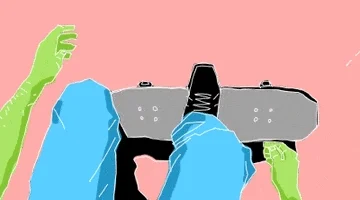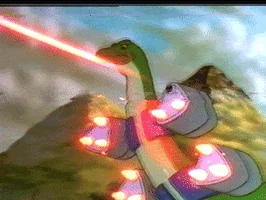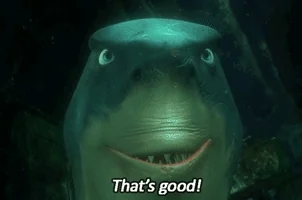I really enjoyed our lesson and the math was fun! I resonated with the comments that our
worksheet was confusing. We should have used indentations or a differentiated numbering
system to help make the worksheet more understandable and easily comprehended. I felt
like the math was “easy” and not to difficult. I thought there would be more questions
about inequalities and the significance of the closed circle versus an open circle. It is
important for students to make that distinction because it means that the value is either
inclusive in the inequalities or excluded from it. I felt like we had trouble with the
document camera and it took us too long to set up. I think we should have reviewed
the assignment prior to our presentation because we had planned it out when we
wrote it up but it was so long since we planned it. Definitely reviewing our presentation
prior to it would have helped us solidify our roles and the content being covered. I
enjoyed this lesson because it helped me apply what I had learned from the strategy
given in a tangible way. There is something to be said about real life experiences with
strategies. I really enjoyed doing this project and in a class like this I would love to do
another one or two of them to solidify different strategies and how to interact with them.
Another positive of doing these lessons is helping us as teachers anticipate what the
students would say when interacting with the strategy.
worksheet was confusing. We should have used indentations or a differentiated numbering
system to help make the worksheet more understandable and easily comprehended. I felt
like the math was “easy” and not to difficult. I thought there would be more questions
about inequalities and the significance of the closed circle versus an open circle. It is
important for students to make that distinction because it means that the value is either
inclusive in the inequalities or excluded from it. I felt like we had trouble with the
document camera and it took us too long to set up. I think we should have reviewed
the assignment prior to our presentation because we had planned it out when we
wrote it up but it was so long since we planned it. Definitely reviewing our presentation
prior to it would have helped us solidify our roles and the content being covered. I
enjoyed this lesson because it helped me apply what I had learned from the strategy
given in a tangible way. There is something to be said about real life experiences with
strategies. I really enjoyed doing this project and in a class like this I would love to do
another one or two of them to solidify different strategies and how to interact with them.
Another positive of doing these lessons is helping us as teachers anticipate what the
students would say when interacting with the strategy.





